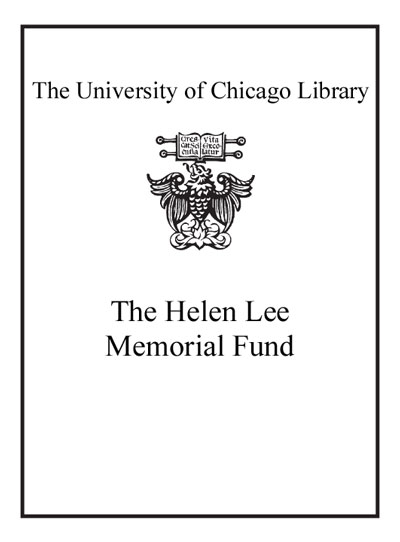Review by Choice Review
Buchwald (California Institute of Technology) and Josefowicz, cowriter of The Zodiac of Paris (CH, Jan'11, 48-2644), unravel the mystery of Egyptian hieroglyphs by focusing on English polymath Thomas Young (1773--1829) and French philologist Jean-François Champollion (1790--1832). As the authors depict, research into the hieroglyphs unfolded amid clashing nations, regions, cultures, politics, and world views. Personalities and methods conflicted, communication was slow, and reproduction technology was limited. The authors proceed chronologically, drawing from archives. In his 1824 Précis du système hiéroglyphique des anciens Égyptiens, Champollion credited Young with perceiving the "equivalence" of the Rosetta scripts and the "sound signs for foreign proper names." Yet Buchwald and Josefowicz highlight Champollion's claims and demonstrations regarding his hieroglyphic alphabet, phonetic hieroglyphs, and the "first elements" of hieroglyphic writing. Attributing Champollion's discoveries to personal qualities, research, his support network, and serendipity, the authors argue that Champollion outdistanced Young and influenced the professionalization of Egyptology. The Bonapartist critic of biblical chronology became significantly privileged when his dating of the Dendera zodiac pleased conservatives. Champollion's silence after discovering his dating was flawed was disappointing. This is a rigorous and insightful volume. Summing Up: Recommended. Graduate students, faculty, and professionals. --Lorraine A. Rollo, formerly, Millersville University
Copyright American Library Association, used with permission.
Review by Kirkus Book Review
Comprehensive account of a dense and daunting project: deciphering ancient Egyptian hieroglyphics two millennia after their composition. Buchwald, a historian at California Institute of Technology, and writer Josefowicz put a decade's worth of work into this book, and it shows. Their story begins with a stone tablet bearing three inscriptions, one in ancient Greek, one in hieroglyphic Egyptian, and one in demotic (or "Coptic") script. French troops had mauled it to keep it from their British enemies during the Napoleonic Wars, but the damage wasn't catastrophic, and the tablet was hauled off as a spoil of war, delivered to London in 1802. British scientists puzzled over the thing and then published not entirely accurate lithographs of the Rosetta Stone that found their way into scholarly journals in Britain and France. Enter Jean-François Champollion, "a fiery Bonapartist…[who] narrowly avoided incarceration and worse during the Bourbon Restoration." An atheist and freethinker, Champollion set to work with an idea that was shared by Thomas Young, an older, pious Englishman who was much better grounded in mathematics (and thus cryptography): that the texts said the same thing, so that using the Greek, which was known, one might figure out the corresponding Egyptian characters. Both worked on their translations for years, sometimes sniping at, sometimes collaborating with each other. Buchwald and Josefowicz deliver an account that sometimes seems as if in real time, describing the blind alleys, intuitions, and thorny debates that surrounded the scholars' investigations. For example, "Young happily conceded that orthographic shifts could and did occur as writers labored to effect accurate transcriptions…[but] maintained that Egyptian hieroglyphs had never changed from the originals, neither in shape nor in meaning." Readers will find some grounding in linguistics to be helpful, as the authors discuss phonetics, phonemics, morphemics, and other technical matters surrounding whether the hieroglyphics in particular represented sounds, words, or concepts--the answer being "all of the above." Knowledgeable fans of Egyptology, cryptography, and languages will enjoy this exploration of the ancient past. Copyright (c) Kirkus Reviews, used with permission.
Copyright (c) Kirkus Reviews, used with permission.
Review by Choice Review
Review by Kirkus Book Review

